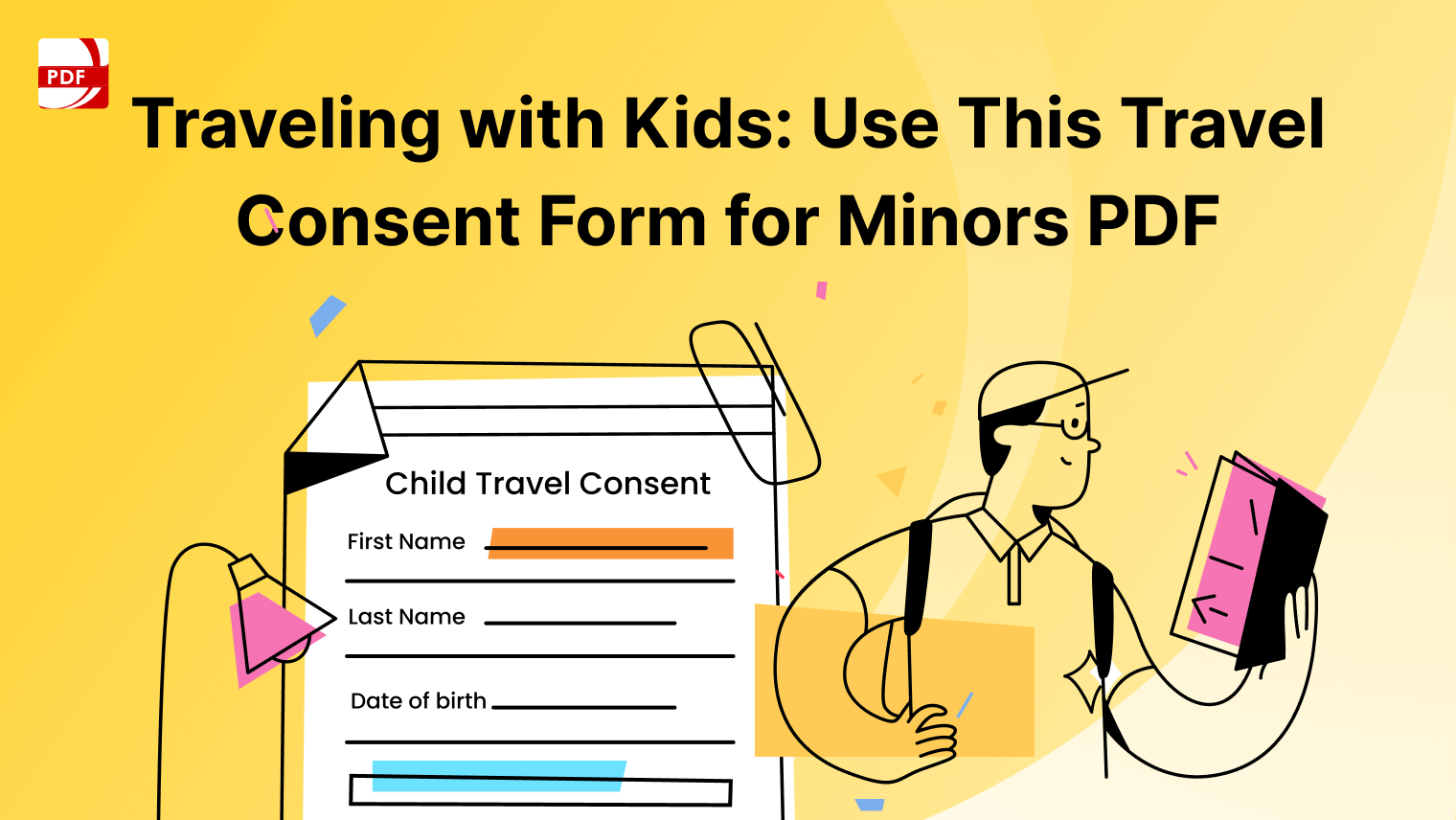Increasing workplace productivity is very important if businesses are to meet their goals and keep their employees satisfied, particularly in the nonstop race of modern life. To do so right requires more efficient processes at work along genuine cooperation and innovation of capital. With techniques ranging from fender geometry management to using information technology, you can obtain remarkable results while your entire team is kept informed.
This article provides actionable advice and valuable ways to effectively improve productivity, benefiting both the individual employee and the organization.
Understanding Workplace Productivity
Workplace productivity refers to the efficiency with which tasks and goals are completed within an organization. It measures how effectively employees utilize their time, resources, and skills to deliver results. High productivity not only benefits the company by boosting profitability and achieving objectives but also fosters job satisfaction, as employees feel accomplished and valued.

Key aspects of workplace productivity include:
- Output vs. Input: Productivity is often quantified by comparing the results achieved (output) to the time, effort, and resources invested (input).
- Quality of Work: High productivity isn’t just about completing tasks quickly—it’s about maintaining high standards and delivering quality results.
- Employee Engagement: Engaged employees are more likely to work efficiently, collaborate effectively, and contribute innovative ideas to achieve organizational goals.
- Impact of Technology: Modern tools and software can streamline processes, reduce redundancy, and enable employees to focus on high-priority tasks.
By understanding these fundamentals, businesses can identify areas for improvement and implement strategies to create a more productive work environment.


 Admin Console
Admin Console Custom Business Stamps
Custom Business Stamps System Integration
System Integration Digital Signatures
Digital Signatures
Method 1: Streamlining Workflows
Streamlining workflows involves simplifying and optimizing processes to reduce inefficiencies and improve productivity. By identifying bottlenecks and eliminating unnecessary steps, organizations can create a smoother, faster, and more effective work environment.
Steps to Streamline Workflows:
-
Analyze Current Processes:
Start by mapping out existing workflows to understand how tasks are completed. Identify redundant steps, delays, and areas that cause confusion or errors. -
Prioritize Key Tasks:
Focus on high-impact activities that contribute the most to organizational goals. This ensures time and resources are directed where they matter most. -
Automate Repetitive Tasks:
Leverage tools and technology to automate routine processes, such as data entry, scheduling, or email management. This reduces manual workload and frees up time for strategic initiatives. -
Enhance Communication:
Clear and effective communication tools, like project management software or real-time chat platforms, ensure team members are aligned and informed, reducing delays caused by miscommunication. -
Monitor and Adjust:
Continuously evaluate the streamlined workflows and gather feedback from employees to make further adjustments and improvements.

Benefits of Streamlining Workflows:
- Improved Efficiency: Tasks are completed faster and with fewer errors.
- Cost Savings: Eliminating unnecessary steps reduces wasted time and resources.
- Higher Employee Satisfaction: Simplified processes reduce frustration and enable employees to focus on meaningful work.
Streamlining workflows is an ongoing process that requires regular assessment, but the results can significantly enhance workplace productivity and team morale.
Method 2: Enhancing Employee Engagement
Employee engagement is a key driver of workplace productivity. Engaged employees are more committed, motivated, and proactive in their roles, leading to better performance and a positive work environment. Enhancing engagement involves fostering a sense of purpose, belonging, and recognition within the workplace.
Strategies to Enhance Employee Engagement:
-
Foster Open Communication:
Create a culture where employees feel comfortable sharing their ideas, concerns, and feedback. Regular check-ins and transparent communication build trust and strengthen relationships. -
Provide Growth Opportunities:
Invest in employee development through training programs, mentorship, and clear career advancement paths. When employees see opportunities for growth, they are more likely to stay motivated and committed. -
Recognize and Reward Achievements:
Acknowledge employees’ hard work and accomplishments through rewards, incentives, or simple expressions of gratitude. Recognition fosters a sense of value and encourages continued effort. -
Promote Work-Life Balance:
Support policies like flexible work hours, remote work options, and wellness programs. Employees who maintain a healthy work-life balance are less likely to experience burnout and more likely to perform well. -
Encourage Collaboration and Teamwork:
Facilitate team-building activities and create opportunities for employees to collaborate. Strong team dynamics enhance morale and drive collective success.

Paul J. Meyer
Benefits of Enhanced Employee Engagement:
- Increased Productivity: Engaged employees are more efficient and deliver higher-quality work.
- Lower Turnover Rates: A positive, engaging work environment reduces employee attrition.
- Improved Innovation: Employees who feel valued are more likely to contribute creative ideas and solutions.
- Stronger Organizational Culture: Engagement strengthens loyalty and builds a workplace where employees thrive.
By actively addressing engagement, organizations can unlock the full potential of their workforce, creating a thriving and productive environment for all.
Method 3: Leveraging Technology
Modern technology plays a critical role in boosting workplace productivity. By adopting the right tools and platforms, organizations can streamline operations, enhance collaboration, and reduce manual workloads. Leveraging technology effectively empowers employees to focus on high-value tasks and achieve better results.
Ways to Leverage Technology for Productivity:
-
Adopt Project Management Tools:
Tools like Asana, Trello, or Monday.com help teams organize tasks, set priorities, and track progress in real-time. These platforms ensure clarity and accountability. -
Automate Repetitive Tasks:
Use automation software for tasks such as data entry, email follow-ups, or invoicing. This saves time and minimizes errors, allowing employees to focus on strategic work. -
Enhance Communication Channels:
Tools like Slack, Microsoft Teams, and Zoom enable seamless communication, especially in remote or hybrid work settings. Clear and instant communication reduces delays and misunderstandings. -
Use Data Analytics for Decision-Making:
Analytics tools provide insights into performance metrics, customer behavior, and operational efficiency. Data-driven decisions help optimize resources and achieve goals more effectively. -
Implement Cloud-Based Solutions:
Cloud platforms like Google Workspace or Microsoft 365 allow employees to collaborate on documents, share files, and work from anywhere, ensuring flexibility and efficiency. -
Provide Training on New Tools:
Ensure employees are trained to use new technologies effectively. Without proper training, productivity gains from technology adoption may be limited. -
Using LynxPDF Editor can significantly boost workplace productivity. This powerful tool streamlines document editing and management processes, saving time and enhancing efficiency.
Benefits of LynxPDF Editor:
- PDF Editing: Directly edit text and images within PDF documents.
- Annotations and Comments: Add highlights, comments, and other annotations to simplify collaboration among team members.
- Format Conversion: Convert PDFs into various formats like Word, Excel, and more for easy editing.
- Security Features: Protect sensitive documents with password encryption and advanced security options.
 Image source: LynxPDF Editor
Image source: LynxPDF Editor
Integrating LynxPDF Editor into your workflows improves the quality and speed of document-related tasks, making it an essential tool for enhancing overall organizational productivity.
By strategically integrating technology into daily workflows, businesses can create a smarter, more productive work environment that supports both individual and organizational success.
Method 4: Promoting Work-Life Balance
Promoting a healthy work-life balance is essential for maintaining employee well-being and productivity. When employees can effectively manage their personal and professional lives, they are more likely to stay motivated, focused, and engaged at work. A balanced approach reduces stress, prevents burnout, and fosters a positive workplace culture.
Strategies to Promote Work-Life Balance:
-
Offer Flexible Work Arrangements:
Allow employees to set their schedules, work remotely, or choose hybrid options. Flexibility empowers them to balance personal responsibilities with work commitments. -
Encourage Regular Breaks:
Promote short breaks during the workday to recharge and maintain focus. This can include lunch breaks, quick walks, or mindfulness exercises. -
Set Clear Boundaries:
Encourage employees to disconnect from work outside office hours by limiting after-hours emails and calls. Respect for personal time fosters trust and reduces stress. -
Provide Wellness Programs:
Offer access to health and wellness initiatives, such as fitness memberships, mental health support, or stress management workshops. These programs support both physical and emotional well-being. -
Encourage Time Off:
Motivate employees to use their vacation days and take regular time off to rest and rejuvenate. A refreshed workforce is more productive and creative. -
Promote Efficient Work Practices:
Train employees to prioritize tasks, delegate effectively, and avoid unnecessary overtime by using tools like task lists and project management software.

Dolly Parton
Benefits of Promoting Work-Life Balance:
- Higher Productivity: Well-rested employees work more efficiently and produce better results.
- Reduced Absenteeism: A healthier work-life balance minimizes stress-related illnesses and absenteeism.
- Improved Morale: Employees feel valued and respected, boosting job satisfaction and loyalty.
- Enhanced Creativity and Focus: Time away from work allows employees to return with renewed energy and fresh ideas.
By prioritizing work-life balance, organizations not only improve employee well-being but also create a sustainable and productive work environment that benefits everyone involved.
Method 5: Measuring and Optimizing Performance
To enhance workplace productivity, it is crucial to measure performance effectively and use the insights gained to optimize processes and outcomes. By tracking key metrics, identifying inefficiencies, and setting clear goals, organizations can create a culture of continuous improvement that drives results.
Steps to Measure and Optimize Performance:
-
Define Key Performance Indicators (KPIs):
Identify measurable goals that align with organizational objectives. Examples include project completion rates, customer satisfaction scores, or revenue growth. -
Use Performance Tracking Tools:
Leverage software like KPI dashboards, time-tracking apps, or analytics platforms to monitor individual and team performance in real-time. -
Provide Regular Feedback:
Conduct performance reviews and one-on-one meetings to discuss progress, address challenges, and provide constructive feedback. This keeps employees motivated and aligned with goals. -
Analyze Performance Data:
Review collected data to identify patterns, bottlenecks, or areas requiring improvement. Use these insights to make informed decisions and implement changes. -
Set Realistic Goals:
Establish achievable short-term and long-term goals. Break them down into smaller milestones to maintain focus and momentum. -
Reward High Performance:
Recognize and reward employees or teams that consistently exceed expectations. Celebrating achievements reinforces positive behavior and encourages others to improve. -
Implement Continuous Improvement Programs:
Encourage innovation and collaboration to find better ways of working. Regularly refine processes based on employee feedback and performance data.
Benefits of Measuring and Optimizing Performance:
- Increased Transparency: Employees understand how their contributions impact organizational success.
- Better Decision-Making: Data-driven insights lead to more effective strategies and resource allocation.
- Improved Accountability: Clear metrics and feedback ensure employees stay on track with their responsibilities.
- Higher Efficiency: Identifying inefficiencies helps streamline workflows and reduce wasted effort.
By consistently measuring and optimizing performance, organizations can foster a culture of accountability and growth, ensuring sustained productivity and long-term success.
Tips for Long-Term Productivity Improvements
Sustaining productivity over time requires a proactive approach that combines strategy, adaptability, and employee well-being. These tips focus on fostering a work environment where continuous improvement becomes a part of the organizational culture.
1. Foster a Growth Mindset
Encourage employees to embrace learning and adaptability. Providing opportunities for skill development through training programs and workshops helps keep the workforce competent and motivated.
2. Build a Strong Organizational Culture
Create a positive work environment where employees feel valued, respected, and supported. A strong culture promotes collaboration, loyalty, and higher engagement.
3. Invest in Technology and Tools
Regularly update tools and software to keep pace with industry advancements. Outdated technology can slow workflows and frustrate employees.
4. Encourage Open Feedback
Establish channels for regular feedback where employees can share their insights and suggestions. Use this input to refine processes and address concerns early.
5. Emphasize Employee Wellness
Support physical and mental health through wellness programs, mental health resources, and initiatives like yoga, fitness classes, or mindfulness sessions.
6. Promote Cross-Department Collaboration
Facilitate collaboration between teams to share ideas, reduce silos, and increase innovation. Cross-functional projects often lead to more efficient and creative solutions.
7. Monitor Progress Consistently
Use regular check-ins, performance reviews, and KPI tracking to ensure goals are being met. Stay agile and adapt strategies when needed.
8. Recognize and Celebrate Success
Celebrate individual and team achievements to reinforce positive behavior. Public recognition boosts morale and motivates others to excel.
9. Set Realistic Expectations
Avoid overloading employees with unrealistic goals. Balance ambition with achievability to maintain motivation and reduce stress.
10. Stay Ahead of Industry Trends
Keep up with industry changes and adopt best practices to stay competitive. Encourage employees to explore new ideas and innovations that align with organizational goals.
Long-term productivity is built on a foundation of continuous improvement, employee satisfaction, and adaptability. By implementing these tips, organizations can create a resilient and dynamic workplace that thrives well into the future.















 Support Chat
Support Chat